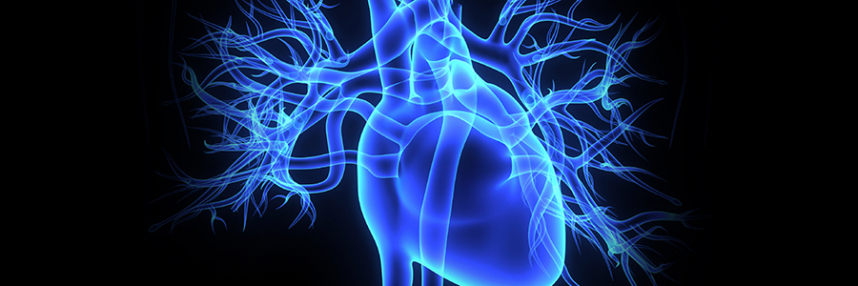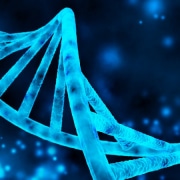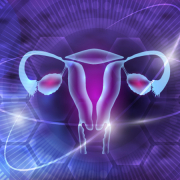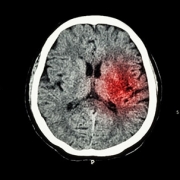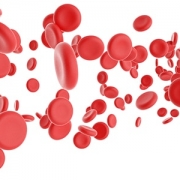‘Transformational’ cardiomyopathy treatment receives funding
We explore a recently funded heart muscle disease project that will use RNA therapy and gene editing in tandem
A project called CureHeart has been named as the winner of the British Heart Foundation’s Big Beat Challenge. It received over £30m in funding – one of the largest non-commercial research grants ever awarded.
The initiative is a collaboration between scientists at the University of Oxford and Harvard Medical School that will aim to stop the symptoms and progression of different types of cardiomyopathy, a group of heart conditions – including those inherited in the genome.
About heart muscle disease
Cardiomyopathy is a type of heart disease, specifically of the heart muscle cells, that affects their ability to contract and pump blood. It is separate from common types of cardiovascular disease where obstructed arteries and veins can result in blockage of the blood supply to organs, causing heart attacks and strokes. It is also separate from problems with the heart valves or congenital heart disease, where a person is born with an abnormality such as a ‘hole in the heart’.
Cardiomyopathies affect around 1 in 250 people in the UK and vary in severity. In the most serious cases, they can result in heart failure leading to sudden death, or the need for a transplant. On average, 12 people under 35 die every week from sudden cardiac failure. Many cardiomyopathies are genetic in origin, and are often seen in both children and young adults.
Genetic testing to look for the particular gene causing cardiomyopathy in an individual or family is already available as part of the NHS Genomic Medicine Service, but there is currently no treatment to prevent disease progression in patients with inherited cardiomyopathy.
Prevention, and a cure?
CureHeart has two main aims: to develop treatments that can be delivered in advance of heart cell deterioration, and to prevent disease progression, potentially even curing inherited cardiomyopathies. To achieve these goals, the project is taking a two-pronged approach, using both RNA-based and gene editing therapies.
The RNA approach should be easier to develop quickly because other RNA-based therapies have already been through clinical trials and approved. This form of treatment would aim to slow or halt disease progression, but would need to be taken regularly and would not be curative. You can read more about the power and potential of RNA therapies in our blog article.
A type of genome editing called ‘base editing’ could potentially offer a cure but is likely to take longer to develop. A number of different genes are associated with inherited cardiomyopathies but, in most cases, the cause is a single base change in the DNA.
A new frontier for gene editing
Base editing uses a technology called CRISPR to identify the correct part of the genome to edit and, instead of ‘copying and pasting’ chunks of DNA, chemically changes a single base – in this case, reversing the variation of the gene. Base editing is believed to create fewer off-target effects than standard CRISPR/Cas9 genome editing. The team for CureHeart includes Professor David Liu, who developed the technique.
“This is our once-in-generation opportunity to relieve families of the constant worry of sudden death, heart failure and potential need for a heart transplant,” said CureHeart lead investigator Professor Hugh Watkins from the Radcliffe Department of Medicine at the University of Oxford.
“After 30 years of research, we have discovered many of the genes and specific genetic faults responsible for different cardiomyopathies, and how they work. We believe that we will have a gene therapy ready to start testing in clinical trials in the next five years,” he added.
–


